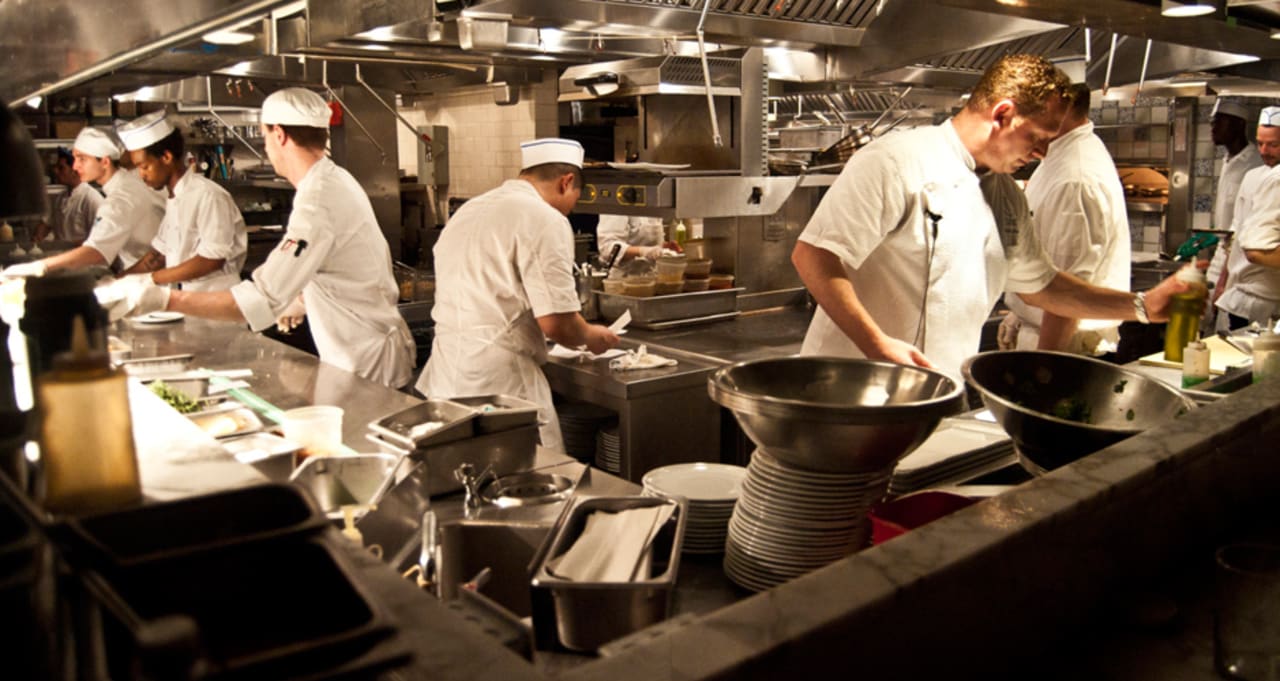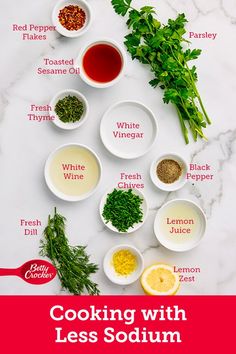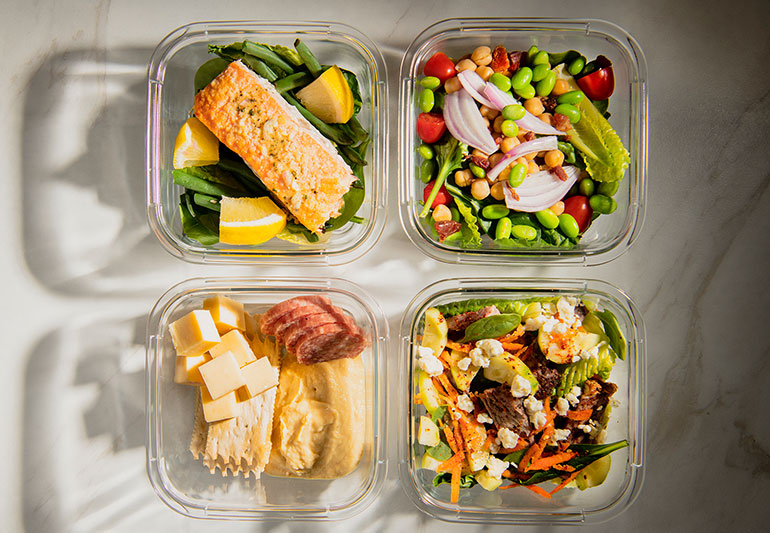
First, boil a large amount of water. For each pound, you will need 6 quarts water. This is enough to feed five to six people. To this water, add 3 tablespoons of salt. The water should taste like the sea, and the pasta should float. Toss the pasta into boiling water. Stir frequently. The cooking time of pasta varies depending on the package. However, it is best to consult the package to determine the cook time.
Italian original recipe
If you are looking for authentic Italian recipes for pasta cooking, it is important to understand that the Italians don’t always use the same recipe. Here are some tips that will help you make it Italian. First, make sure that your pasta water has been salted. Salt the water. Also, don't simply pour the sauce over your noodles. Toss the sauce with the pasta. This will make sure that the pasta is delicious and tender.
Techniques
Cooking pasta in boiling water is the easiest method. However, specific pasta types can be baked, stir-fried, and deep-fried. Steamers are a great way to make pasta. They retain their shape and quality throughout the process. Pour the water into a pan, add the pasta and cover with a lid. Depending on the size of your pasta, steam it for 8 to 12 minutes. A wok, a perforated skillet, or tilt skillet are other cooking options.

Ingredients
You can cook spaghetti in any type of pot, depending on how large the pasta is and what size it is. Some chefs prefer extra-deep pots to boil pasta, as it makes the long, thin noodles fully submerge. A general rule of thumb is to add 1 tablespoon of salt per pound. Additionally, the more pasta you make, the more salt will be required. The more salt you use, the more flavor your pasta will absorb.
Time to cook
Most dried pasta needs around 10 minutes to cook. Different pasta types may require a different cooking time. Overcooking pasta can strip nutrients from it. If it is cooked for too long, it can break down the food bond, reducing its fiber content. It should be determined which type of pasta you have and how long it takes to cook. The instructions on the package will tell you how to cook pasta the right way.
Carbon footprint
Growing cabbage is no different from growing pasta when it comes to carbon footprint. Growing rice takes more water per acre than any other crop. So, how can we reduce our carbon footprint while eating pasta? WiseFins researchers discovered a way to cook pasta using water. After cooking, the water is reused. This method is known as "flat-packing," and is increasingly used in the furniture industry. You can also use it to pack pasta.

Substitutions
Substituting dairy products for milk can make pasta dishes healthier. Many pasta dishes use milk as a main ingredient. It provides moisture and flavor, and is also a staple ingredient. However, there are nine other milk alternatives that won't affect the taste or texture of the pasta dish. Instead of dairy, try using coconut milk, almond milk, or greek yogurt. You can also substitute heavy cream for tomato puree or sauce if you like.
FAQ
How much does a culinary school cost?
The cost of a culinary school depends on where you are, how much you study, and what program or course you choose. The annual tuition average is between $10,000 and $30,000 Most students graduate with approximately $20,000 in debt. There are some programs that offer grants and scholarships as well as work-study options.
How can leftovers be stored in the most efficient way?
Tupperware containers can be used to store leftovers. These containers are great for keeping food fresh and preventing odors from growing. These containers keep food warm for longer periods of time. Frozen leftovers can be kept in freezer bags. To prevent air from escaping, freeze food in a bag. Once the food has frozen, you can transfer it to an airtight container like a zipper lock bag.
Do I need to go to culinary school to be a chef?
No. No. Some went to culinary school simply to gain experience. Most chefs prefer to go to culinary school to expand their professional opportunities. Culinary schools allow students to learn hands-on skills, and this helps them improve their cooking knowledge.
How long does it take to become chef? What's the average career path for a chef?
The average time it takes to become a chef is five years. During this time, you will study basic cooking techniques and gain experience working as a kitchen assistant. After you've completed your training you can apply to be a line cook or sous chef. The average annual salary for a professional chef is between $25,000 and $60,000
Statistics
- You'll be amazed that over 90% of CIA students receive scholarships and grants to finish their culinary studies. (ischoolconnect.com)
- The median pay for a chef or head cook is $53,380 per year or $25.66/hour, according to the U.S. Bureau of Labor Statistics (BLS). (learnhowtobecome.org)
- under 10 Kids have been taught that there is special food just for them, and Fiese says that 10 percent of kids will throw a tantrum if they don't get the food they want. (washingtonpost.com)
External Links
How To
How to make a perfect Omelette
Omelets have always been a favourite food to eat for breakfast. How can you make them perfectly? I've tried many different methods and recipes, but none of them seem to work! I have some tips and tricks to help you make delicious, fluffy omelets every single morning.
First, eggs can be very temperamental ingredients for making omelets. They must be fresh, preferably from the organic market, and be kept cold until cooking. The yolks and whites will not form properly if they aren't kept cold enough. This causes your omelets to look oddly colored. It is best to use room-temperature eggs if you are going to cook them right away.
You can also separate the egg before you add it to the pan. You don't want the white to get mixed with the yolk, as this could cause the egg to curdle.
You might burn the bottom of the egg if you place the egg directly on the stovetop. This could ruin the texture of your omelet. Instead, place the egg in the microwave for 10 second before you put it in the skillet. The microwave heat cooks your egg just right, without it becoming too soft.
Next, let’s talk about mixing the egg. When mixing eggs, it is important to thoroughly beat them. You need to turn the bowl of the mixer upside down. Now shake the bowl vigorously. This allows the air to be whipped and the egg to be mixed thoroughly.
Now comes the fun part - pouring the milk into the mixture. Mix half of the milk with the eggs. Then fold the eggs in half into the remaining milk. Do not be alarmed if there are still egg streaks visible. Once the omelet flips, these streaks will disappear.
After you have folded your eggs, heat up the oil on medium heat. Wait for it to get hot. When the oil is hot enough, add 1/4 cup butter to the pan. Stir it around until the butter covers the entire pan. Next, carefully open the lid and sprinkle salt into your pan. An additional pinch of salt will prevent the omelet form sticking to your pan.
Once the omelet forms, cover the pan again. Let the top side set completely. Flip the omelet upside down or with a spatula. Cook the other half for another minute. Serve the omelet immediately by removing it from the pan.
This recipe works best using whole milk. Skimmed milk is also possible.